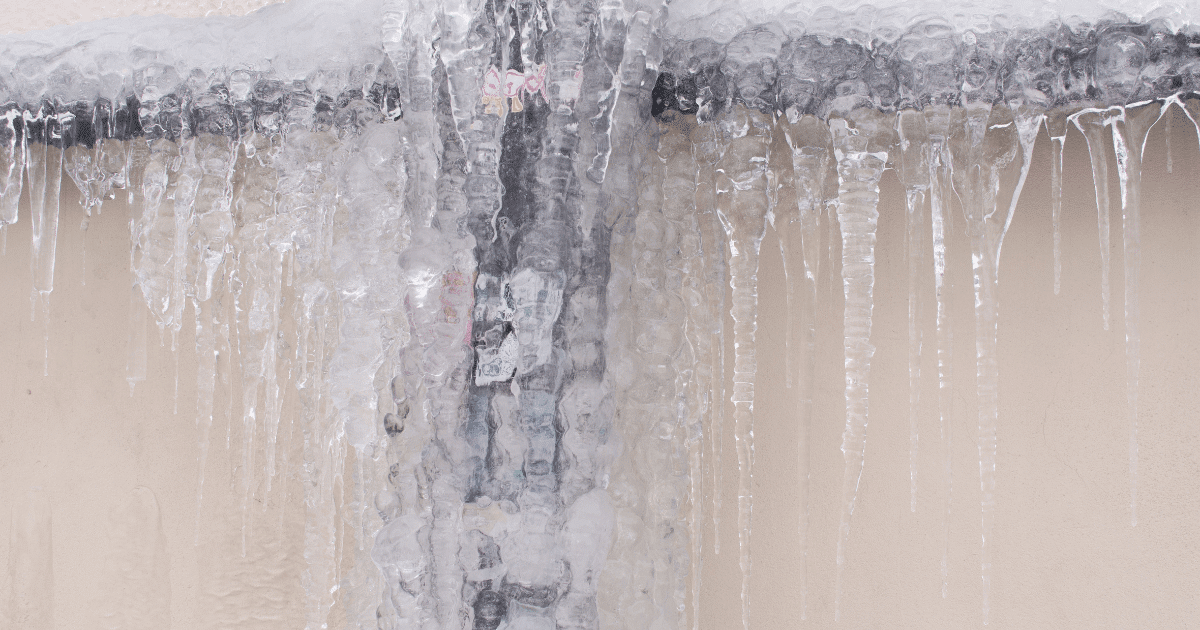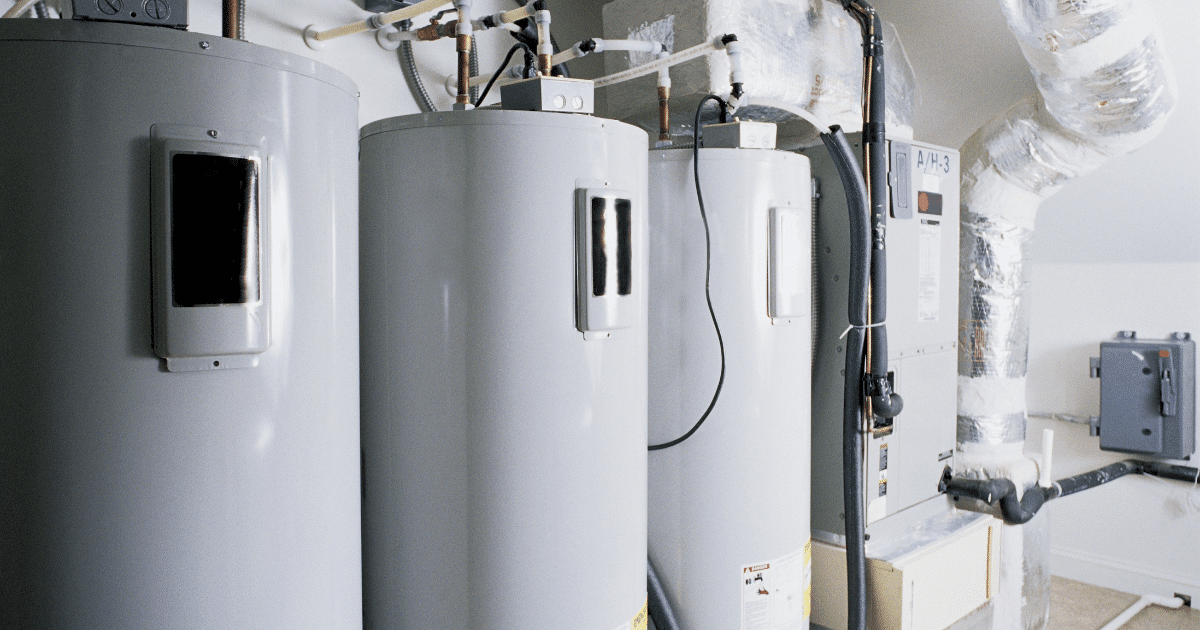ABOUT THE AUTHOR
Max Rose
Max Rose is the owner of Four Seasons Plumbing, a plumbing company in Asheville, North Carolina.

As seasoned plumbers, we’ve seen firsthand the havoc winter can wreak on a poorly maintained water heater. It’s not just about keeping hot water flowing; it’s about ensuring your system runs efficiently and safely during the coldest months. Let’s dive into what you need to know to winterize your water heater effectively.
Cold weather demands more from your water heater. When temperatures drop, the heating elements in your unit work overtime. These are the workhorses of your water heater, responsible for warming the water to your desired temperature. However, in winter, these elements face increased resistance due to colder water temperatures and potential heat loss through the unit’s exterior. This means they need to work harder thereby requiring more energy to maintain the same water temperature. If your heater isn’t up to the task, you’ll notice it in lukewarm showers and a spike in your utility bills.

Insulation is your first line of defense against heat loss. A well-insulated water heater retains heat better, easing the workload on those heating elements. Insulation blankets are specifically designed for this purpose, and they’re straightforward to install. Wrap the insulation blanket around your water heater and leave the thermostat and burner area accessible. This simple step can significantly improve your water heater’s efficiency and longevity.
In the winter, freezing pipes can occur and cause severe damage. When water freezes, it expands, which can burst pipes, leading to expensive repairs and water damage. Keep the pipes warm and the water moving and consider insulation sleeves to keep pipes warmer. The location of your water heater also matters. If the water heater is in a particularly cold area, think about adding additional heating or at least ensuring that the area is well-sealed against drafts.
For water movement, a little trick is to let a faucet drip slightly on those brutally cold nights. This keeps water flowing through the pipes, reducing the risk of freezing. It might seem counterintuitive to waste water, but a slight drip is a small price to pay compared to the cost and hassle of dealing with a burst pipe.
Optimal Temperature Settings
When the temperature drops, setting the right temperature on your water heater is a delicate balance. You want to keep your water comfortably hot without overtaxing the system. The optimal water heater temperature for winter is typically around 120°F. This strikes the right balance between energy efficiency and hot water availability. Plus, it’s a safe temperature to prevent scalding.
Adjusting the thermostat on your water heater is not difficult, but it requires a careful hand. It’s usually located on the tank’s front, often under a small panel. Adjust it slowly and monitor the water temperature over a couple of days. This minor tweak can make a significant difference in both performance and energy consumption.
Checking the pressure relief valve is a crucial but often overlooked part of water heater maintenance. This valve is a safety feature that prevents your water heater from becoming a pressure cooker. During the winter, when the heating cycles might be more intense, the pressure relief valve requires more attention.
To check it, simply lift the valve and let it snap back. You should hear a gurgling sound as some water releases into the drain tube. No sound or a constant drip from the valve signals trouble and a sign that it’s time for a replacement. Regular checks ensure you’re on top of water temperature regulation and prevent potential malfunctions.
Winter brings unique challenges for water heaters that may require you to address water heater malfunctions due to inclement weather. If your water heater is struggling, the first thing to do is check for common culprits like a tripped breaker or a faulty thermostat. Sometimes, a simple reset is all it takes. If issues like inconsistent water temperature or strange noises persist, it might indicate sediment build-up or component wear.
Regular draining and tank flushing can prevent sediment accumulation – a common winter issue that results from increased heater use. Rumbling or banging sounds are tell-tale signs of sediment stirring at the bottom of the tank, reducing efficiency and potentially causing damage.
Sometimes, DIY just doesn’t cut it, especially regarding complex systems like your water heater. If you’re facing persistent issues or if basic troubleshooting doesn’t resolve your problems, it’s time to call in professionals like Four Seasons Plumbing. This is particularly important for anode rod inspection – a critical component that protects your tank from corrosion.
Anode rods typically last about five years, but harsh winter conditions might shorten this lifespan. A professional plumber can inspect the rod, assess its condition, and replace it if necessary. Remember, regular professional maintenance can extend the life of your water heater, ensuring it runs efficiently and safely throughout the winter months.
Keeping your water heater in top shape is not only about immediate benefits; it’s also about contributing to a more sustainable future. If you need clarification on any aspect of your water heater’s maintenance or new water heater installations Four Seasons Plumbing is here to help.
We specialize in keeping your water heating system efficient and reliable throughout the winter months. Whether it’s routine water heater maintenance, emergency repairs, or energy efficiency advice, our team has the expertise to ensure you stay warm and save on energy costs this winter. Don’t let the cold weather catch you off guard! Contact Four Seasons Plumbing today and ensure your water heater is ready to face the winter. For water heater emergencies call us at 828-216-3894.
ABOUT THE AUTHOR
Max Rose is the owner of Four Seasons Plumbing, a plumbing company in Asheville, North Carolina.